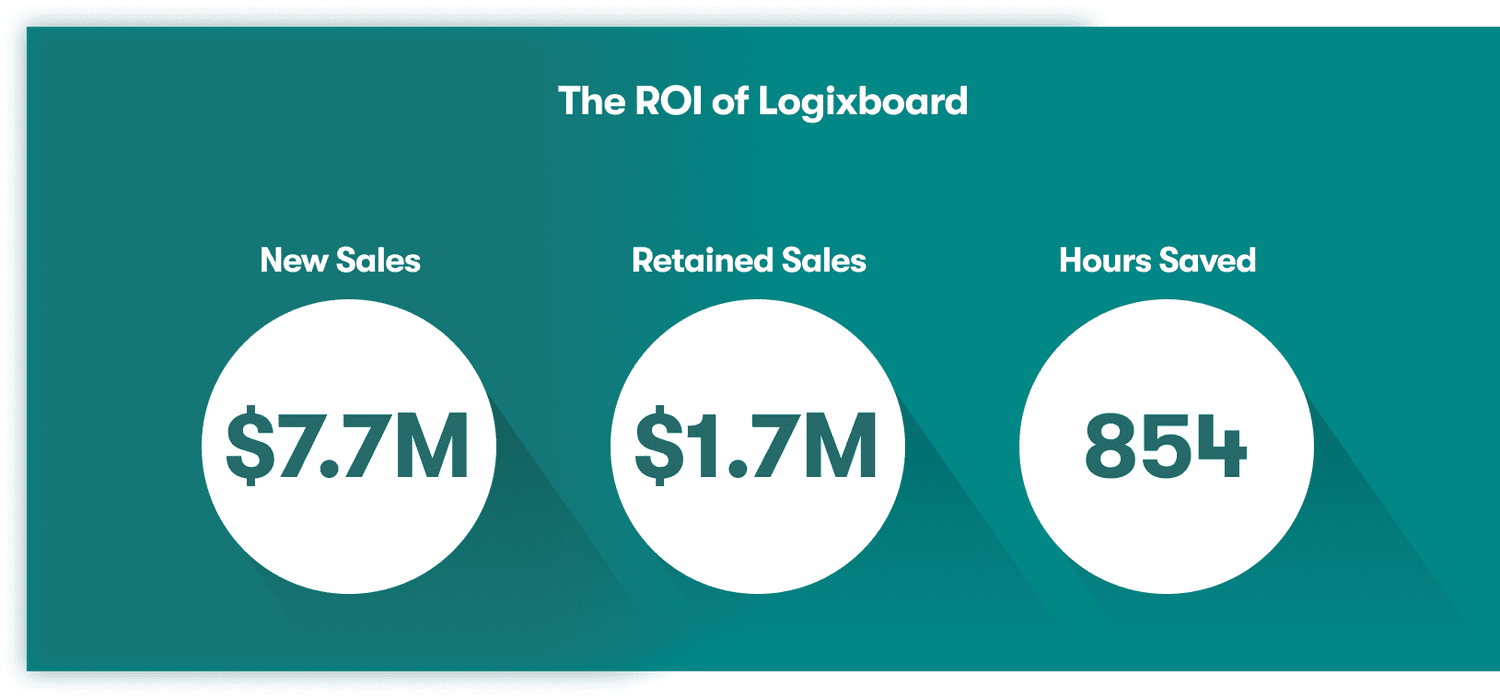In this article
An important benefit that digitization offers the logistics industry is the ability to easily analyze data, resulting in the successful identification and monitoring of important business metrics.
These key performance indicators (KPIs) give freight forwarders a better understanding of their performance and company health so that adjustments can be made to achieve internal goals.
In an industry overflowing with data, capitalizing on the available information to improve your company’s success through internal processes and an improved experience for your customers can bring a competitive edge.
We are outlining some important KPIs that, when measured and acted on, can make an extreme impact on the success of your freight forwarding company.
1. Order Accuracy Metrics
Accurate data drives the decision-making around global supply chains and logistics services. Monitoring incidents that take place, from the booking to the delivery of your managed shipments, sets your team up to identify and correct any patterns of error.
Errors can mean more work for your team, as well as possible arrival delays for your customers. If manual data errors, incorrect initial quoting, or any other inaccuracy by your team is happening frequently, knowing about it is the first step to resolving the issues.
Improving these metrics can increase customer trust, reduce customer churn, and help with sales enablement through glowing testimonies. Monitoring this metric also creates a clear roadmap for internal operational improvements and helps spot repeat errors that may not have been prioritized in the past.
Investing and integrating data analytics software into your operation processes can give your team the tools they need to make managing accuracy metrics easy. Create scheduled reporting reviews on specific accuracy goals (based on location, order step/phase, and even by operator) to help raise standards and brainstorm solutions.
2. On Time In Full
Now that your team is ensuring accuracy metrics are tracked, striving for accurate ETAs to customers can also grow the success of your company. On time in full (also called OTIF) is a metric used to track the percentage of a freight forwarder’s managed orders that are delivered within the agreed-upon time frame, without complications and/or documentation issues.
This is a key metric for sales enablement and churn reduction. Showcasing a track record of errorless and punctual job completion to your prospects and customers will assure them that their shipments and timelines are safe when working with your team.
As another metric to make internal goals and look for barriers to your team’s accuracy and efficiency, OTIF can also be tackled by analytics software. With protocols for scheduled reporting on changes of this metric, your team creates goals and accurately communicates ETAs with customers. If the ETA shared with customers is informed with this data, they are given more accurate visibility into the shipment timeline. Incorporating digital tools that also offer customer-facing live tracking to customers will also boost customer visibility.
Your shippers can automatically access timely and up-to-date shipment ETAs.
3. Productivity Metrics
With the strong push towards digitization felt throughout the last few years, productivity metrics are a key performance indicator for a clear idea on the performance levels and capabilities of your team. These metrics can help inform where your team should be prioritizing digital tools first and keep track of the true ROI of automation tools used.
Measure your employees’ production rate with metrics focused on workforce, labor hours, and productivity levels on different tasks in your operation. After auditing some of those productivity levels, your team should look for ways to decrease the manual work around the biggest time suck (like manual customer communication) and add technology with automation.
Logixboard customers have seen productivity levels increase with metrics around hours saved for their team, while also reducing customer churn and increasing sales.
4. Number of Shipments
Keeping an eye on business volume through shipments can be helpful to see if your team’s other KPIs are scalable and consistent, while also ensuring you are reaching revenue goals.
This metric really helps measure the scalability of operation processes when used in unison with some of these other top KPIs (and with other metrics as well). If your business and shipment volume increases in a quarter are more than 50%, that should not result in a decrease in other KPIs (like accuracy, OTIF, and productivity metrics). This is important data to see where automation is crucial for the growth of your company because more business should not mean the need to hire “X” more employees when technology is correctly utilized. This metric is also a reflection of if your company is consistently meeting the financial performance goals desired, based on average profit margins.
Using analytics software to track the number of shipments in comparison to top KPIs, time of year, and other factors can add to your company’s evaluation of productivity. The number of shipments is a metric that when broken down by customer should also be evaluated in quarterly business reviews (QBRs) to make strategies on a customer-to-customer basis to grow their order volume through your company.
This customizable template provides a comprehensive set of slides and graphics to help you present your next quarterly business review (QBR).
5. Quote Conversion Ratio
In the freight forwarding industry, a quote conversion refers to a potential customer accepting a quote and then accepting it to become a customer.
This quote conversion ratio determines the rate at which the potential clients accept quotes created by the pricing team. This metric helps your team determine how competitive you are at this step in the sales funnel. Whether the price, the time from request to issued quote, or something else is causing you to lose to other forwarders offering quotes, you can explore this with quote conversion ratios.
As your team tracks and investigates the quote conversion ratio and factors involved in winning or losing new business post-quote, goals should be made internally for growth of this rate. Creating strategies to test and focus efforts on improving in that process, like focusing efforts to reduce quoting time to less than 10 hours, can show your team what changes will make the biggest impact. If pricing is quite competitive for forwarding options, quick turnaround is vital, and can be a deciding factor, to winning new customers. Quoting software, booking software, analytics software, and more make up some of the components of an ideal and competitive tech stack for freight forwarders.
Final Thoughts:
There are many KPIs that can be measured in addition to these seven to assess the performance and productivity of your business as a whole. It is important to look internally at what would make the greatest difference to your output as a team and start there.
It is vital to invest in an analytics tool for your team to ensure your team is operating at the level that will bring and retain customers. Analytics software can be purchased separately from your tech stack, or even a feature of a more comprehensive platform that offers data access to your team and customers. However you add it, analytics tools are key to improving and innovating your offerings.
Analytics software isn’t where your digitization journey stops. Gain free access to your company’s Tech Stack Scorecard with 11 quick, self-serve questions.


